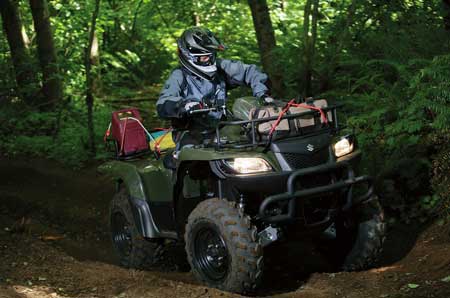Kim Brown, Public Lands Intern
I'm pretty excited about this - I've waited so long! No time to write a sappy and poignant blog right now - I wasn't expecting this 'til Monday, so I'll just cut to the chase: the Suiattle River Road repair project Environmental Assessment has been posted, and the 30-day public comment period has opened.
The Mountaineers will post more information later, but we wanted to get this to you immediately!
I copied and pasted this entire notice from Federal Highway's website. Plan to attend the Open House in Everett on March 29th (see notice below).
Public Notice of Availability of the Suiattle Road Project Environmental Assessment and invitation to the Public Meeting
The Western Federal Lands Highway Division of the Federal Highway Administration (FHWA), in partnership with the Mount Baker -Snoqualmie National Forest propose to repair flood washout sites on the Suiattle River Road, and have developed an Environmental Assessment to analyze the impacts of the proposal. The Environmental Assessment can be viewed or obtained below (or at http://www.fs.usda.gov/goto/mbs/suiattlerd26.From this date (March 18, 2012) you will have the opportunity to review and comment on the Suiattle River Road Environmental Assessment. The comment period will end April 20, 2012.
Comments may be sent by email to wfl.suiattleriverroad@dot.gov or by mail to the address below by April 20, 2012.
A Public Meeting is planned.
Where:
Everett Firefighters Association
2411 Hewitt Avenue - Everett WA 98201
When:
Thursday March 29, 2012
6:00pm to 8:30pm
The Public Meeting will be informal for one-on-one exchanges between interested persons and public agency officials. Representatives from the FHWA, and the Forest Service will be available to answer questions and receive comments.
Please inform this office of any special concerns or interests regarding the proposed road improvements.
Federal Highway Administration
610 East Fifth Street
Vancouver, WA 98661-3893
The Environmental Assessment is also available in hard copy at the following locations:
Darrington Ranger Station
1405 Emens Avenue North
Darrington, WA 98241
Everett Public Libraries
2702 Hoyt Avenue and
9512 Evergreen Way
Everett, WA
Darrington Library
1005 Cascade Street
Darrington, WA 98241




